Dissolution processInnovative applications in welding technology: principles, advantages and future perspectives
In modern industry, the development of welding technology is evolving towards high precision and low heat impact, and the dissolution process, as an advanced joining technology, is playing an important role in this evolution.
Welding as the cornerstone of modern manufacturing, its technical level directly affects product quality and performance. Among the many welding methods, the welding technology related to the dissolution process shows significant advantages in solving the welding problems of special materials through a unique connection mechanism.
In this article, we will analyse the application of the dissolution process in the field of welding to help you fully understand the principles, characteristics and practical applications of this advanced technology.
I. Dissolution processsolderedanalysis of the core concepts of
Dissolution process welding is a general term for a class of welding methods that utilise the intermediate layer of material to form a joint by mutual dissolution and diffusion with the base material. It achieves the joining of materials through a controlled physico-chemical process rather than the traditional method of complete melting and re-solidification.
Main types of technology![图片[1]-溶解工艺在焊接技术中的创新应用:原理、优势与未来展望(选择合适溶解焊接工艺的考量因素)-大连富泓机械有限公司](https://cndlfh.com/wp-content/uploads/2025/06/QQ20250627-201220-2-800x605.png)
Dissolution-Diffusion Welding: Steel materials are prone to hard phases and cracks under fusion welding and fast-cooling conditions, and dissolution-diffusion welding as a non-melting joining method for base materials is conducive to solving this problem-1. This process achieves interdiffusion of interfacial atoms through the process of dissolution-diffusion of a liquid film at the appropriate temperatures (e.g., 700-800°C) to form a dense joining layer-6.
Transitional liquid-phase diffusion welding: Commonly used for joining dissimilar materials, e.g. aluminium matrix composites to mild steel. The process uses copper foils, etc., as an intermediate layer, which are held at a specific temperature (e.g., 590°C) to achieve a reliable connection through liquid phase formation and isothermal solidification processes-7.
Low-temperature penetration welding: mainly for the welding of metals made of aluminium, using low-temperature welding rods made of aluminium, silver and cadmium, the welding process can be completed at a relatively low temperature of 580 ℃. The surface of this process is particularly smooth after welding, leaving no traces, and does not require mechanical treatment -5.
II. Main process of dissolution welding
A complete dissolution process welding procedure consists of several precise steps:
1. Surface pre-treatment
The weld is first decontaminated to completely remove metal oxides and oil impurities. This step is essential to ensure the effectiveness of dissolution and diffusion and has a direct impact on the quality of the weld-5.
2. Intermediate material applications
Depending on the process requirements, it may be necessary:
Flux-5 for application
Addition of nickel-based alloy transition layer-2
Laying of interlayer materials such as copper foil – 7
3. Temperature control and welding
Precise control of the spray melting temperature is a key process parameter. It has been shown that in the dissolution-diffusion welding of steel materials, the spray melting temperature (700-800°C) corresponding to the static mirror-like liquid film state can optimise the process performance and weld zone performance-1.
4. Insulation and diffusion
At this stage, interfacial atomic interdiffusion is intensified and the thickness of the interfacial diffusion bonding layer increases. As in transition liquid-phase diffusion welding, a holding time of 30 minutes to 2 hours at a specific temperature (e.g., 590°C) is required to ensure adequate diffusion and reaction-7.
5. Post-welding treatment
Cool naturally to room temperature
Checking the quality of welding
Surface treatment where necessary
III. Key advantages of dissolution welding technology
Dissolution process welding offers multiple advantages over conventional welding techniques:
Small heat-affected zone: The connection is realised at a relatively low temperature, which significantly reduces the heat-affected zone and avoids damage to the properties of the base material-4
High joint strength: the metallurgical bond formed by interdiffusion between atoms at the interface gives the joint excellent mechanical properties-1
Suitable for dissimilar materials: enables the joining of dissimilar materials that are difficult to achieve with conventional welding, e.g. aluminium matrix composites with mild steel-7
Low distortion and low residual stresses: the low-temperature process characteristics lead to a significant reduction in weld distortion and residual stresses.
Good surface quality: especially low-temperature penetration welding, smooth surface after welding, no need for mechanical reprocessing – 5
IV. Application areas of dissolution welding technology
1. Steel material connections
Dissolution Diffusion Welding TechnologyIt is particularly suitable for joining steel materials, and can effectively avoid hard phases and cracks-1. The technology has been successfully applied to weld repair of medium and large cast iron parts, through the combination of micro-alloyed cast iron wires without preheating gas welding, to achieve efficient, energy-saving, high-performance welding repair-2.![图片[2]-溶解工艺在焊接技术中的创新应用:原理、优势与未来展望(选择合适溶解焊接工艺的考量因素)-大连富泓机械有限公司](https://cndlfh.com/wp-content/uploads/2025/10/QQ20250829-200957.png)
2. Aluminium and aluminium alloy welding
The low-temperature penetration welding process is mainly aimed at welding aluminium metal, using special low-temperature welding rods (which can be dissolved at 580°C) to make the welding process safer and more efficient -5.
3. Dissimilar material connections
Transitional liquid-phase diffusion welding shows unique value in joining aluminium matrix composites with dissimilar materials such as mild steel, where differences in physicochemical properties between materials are addressed by the design of intermediate layers-7.
4. High-end manufacturing
In high-end manufacturing areas such as semiconductors and biomedicine, autosoluble welding technology can be used to connect clean fluid piping to meet the stringent requirements of “nanoscale cleanliness” and “aseptic transport”-4.
V. Considerations for selecting a suitable dissolution welding process
The table below summarises the core elements to look at when selecting a dissolution welding process:
Consideration Dimension Key Indicators Applicable Scenarios
Material type Steel, aluminium alloys, composite materials, etc. Dissolution diffusion welding is suitable for steel materials; low-temperature penetration welding is suitable for aluminium alloys; transition liquid-phase diffusion welding is suitable for dissimilar materials.
Workpiece size Large, medium and small parts Medium and large cast iron parts can be welded with micro-alloyed wires without preheating gas welding process-2
Performance Requirements Strength, Sealability, Appearance Dissolution Diffusion Welding for high strength requirements; Low Temperature Penetration Welding for high appearance requirements.
Production conditions Equipment capacity, environmental requirements Clean environment can choose autolysis welding; general environment can choose low temperature penetration welding.
Cost budget Equipment investment, operating costs Low-temperature penetration welding requires low heat source, safe to use, lower cost-5
VI. Frequently Asked Questions (FAQ) on Dissolution Process Welding
Q1: What is the main difference between dissolution diffusion welding and conventional fusion welding?
A: The main difference is the joining mechanism. Dissolution-diffusion welding joins by interfacial atomic interdiffusion without melting the base metal, whereas conventional fusion welding melts the base metal to form the weld. This difference results in a smaller heat-affected zone and better joint performance in dissolution-diffusion welding-1.
Q2: What factors affect the quality of the dissolution welding process?
A: The main factors include: quality of surface pretreatment, precision of temperature control, holding time, choice of intermediate layer material and protective atmosphere.
Q3: What are the advantages of using solution welding for aluminium parts?
A: Aluminium material is welded by low-temperature penetration welding, which has the advantages of simple process and easy operation, using low-temperature welding rods when welding, low requirements for heat source, safe to use, the biggest advantage is that the surface is particularly smooth after welding, leaving no traces, and does not require mechanical treatment -5.
Q4: Can dissolution welding technology be used to repair large components?
A: Yes. For example, medium- and large-sized cast iron parts can be repaired using a process that combines dissolved diffusion welding technology with the non-preheated gas welding of microalloyed cast iron wires to achieve highly efficient, energy-saving, high-performance weld repairs, obtaining welded patches with no white gouges or cracks, good colour consistency and excellent machinability – 2.
結語
As an important technological innovation in the field of welding, dissolution process welding, with its advantages of low heat input, high connection quality and wide material adaptability, has shown great potential in solving special material welding problems. With the continuous improvement of welding quality requirements in high-end manufacturing industry, dissolution welding technology is expected to be popularised and applied in more industrial fields.
Do you have a specific welding challenge to solve? Or have you encountered other confusion when selecting a welding process? Feel free to share your needs and insights in the comments section and we will be happy to provide you with professional advice.

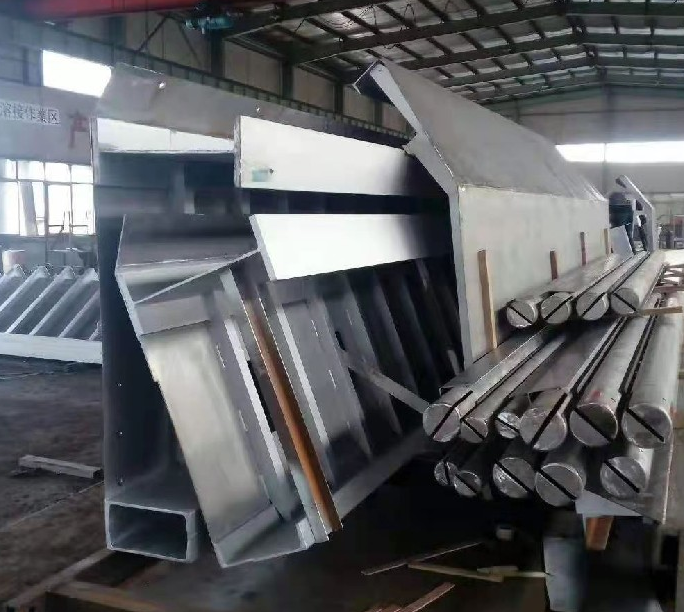


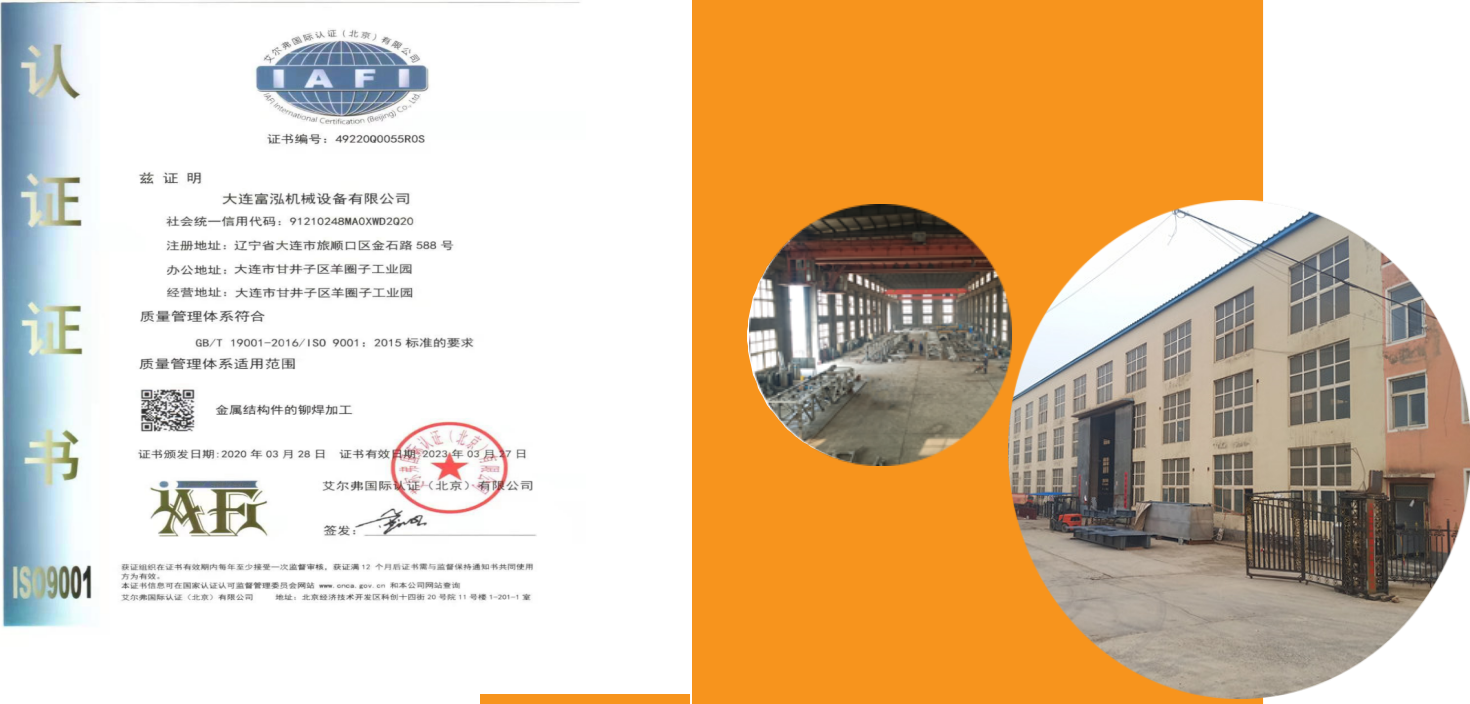
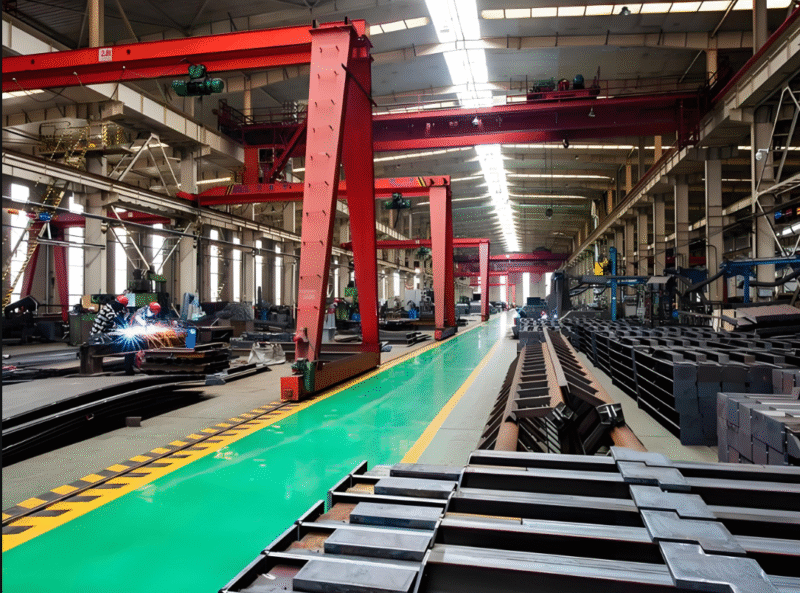

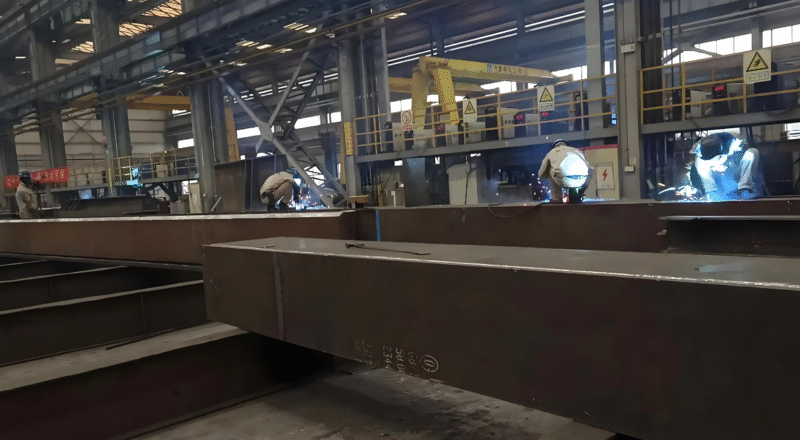
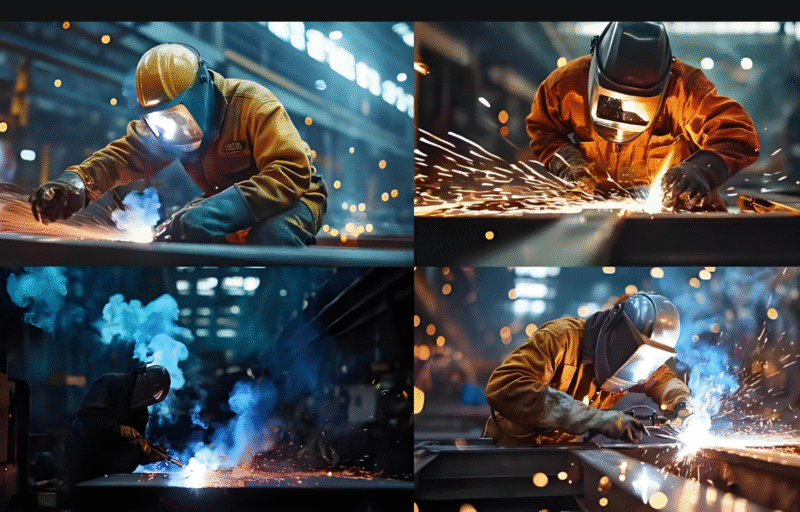
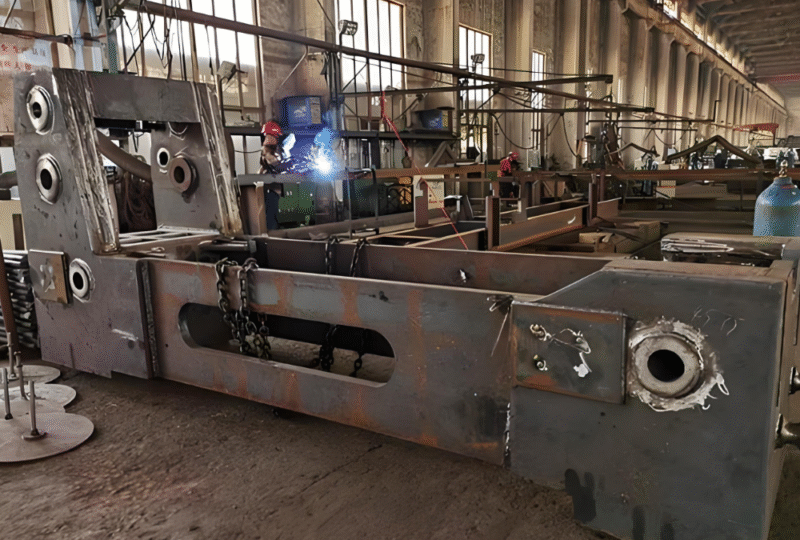

暂无评论内容